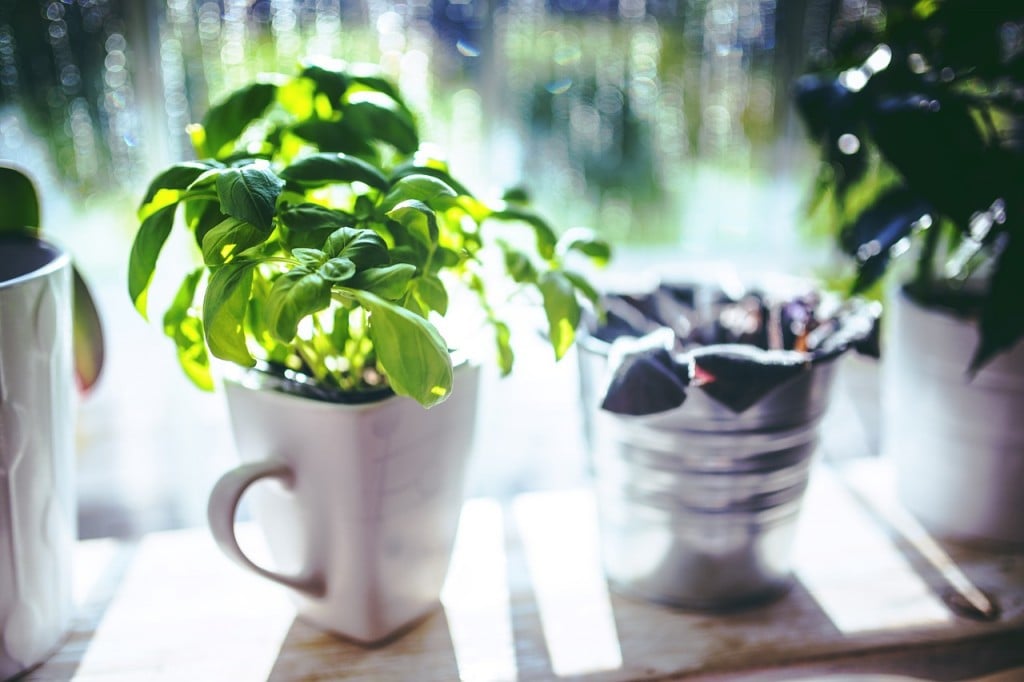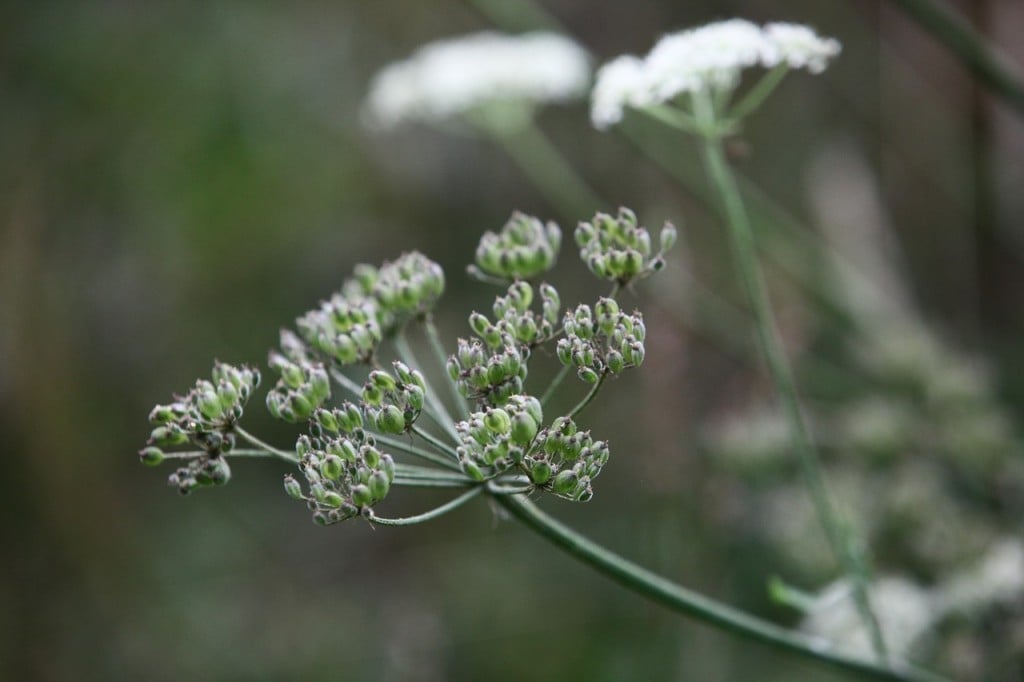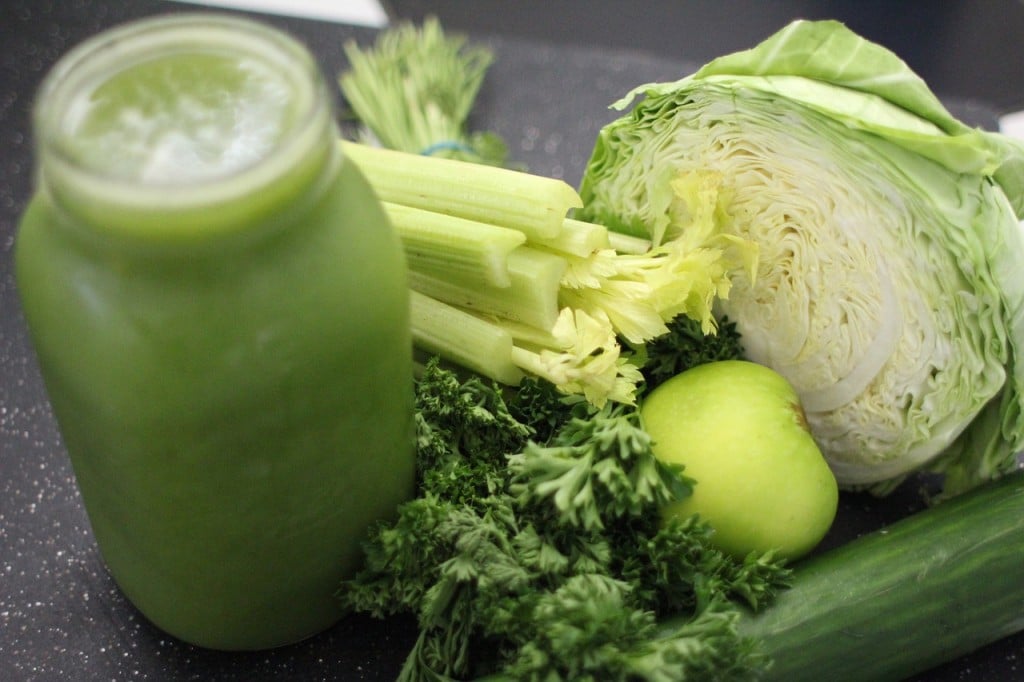
There are few things as delightful as a fragrant bouquet of fresh herbs.
Whether collecting a combination from the garden for a culinary treat, or strolling through a glasshouse brimming with the essence of seasonings, herbs are quite simply heavenly.
It‘s no wonder they‘ve played a prominent role in many cultures throughout the world, and in medical, cosmetic and culinary practices throughout history.
Although commonly planted outdoors-in containers, as companions to vegetables, or comingled in mixed borders-many herbs are easy to grow as glasshouse or greenhouse plants.
Not only do they (and we) benefit from a longer growing season in a glasshouse or greenhouse, many herbs properly cultivated in spring, or stored over winter in a protected environment, are healthier and more robust than their outdoor counterparts.
Begin in the Spring

Propagating herbs in a greenhouse or glasshouse jump-starts the garden season for the winter-weary, and is less costly than purchasing full-grown garden plants.
Generally speaking, annual and biennial herbs can be started in the greenhouse or glasshouse with seeds; perennial herbs with plant cuttings or plugs.
According to Katherine L. Adam, writing for the National Sustainable Agricultural Information Service:
“Greenhouse production methods for herbs are similar to those for greenhouse-grown vegetables. There are some practices, however, that are specific to herb production.”
And not all herbs have the same growing requirements. Mint (Mentha), for example, is best grown in a controlled, raised greenhouse bed, while rosemary (Rosmarinus) is best cultivated in single pots in poor to moderately fertile soil.
The Essence of Herbs in Winter
A number of herbs, including chervil (Anthriscus cerefolium) and coriander (Coriandrum sativum) like to be sown in autumn, and will grow well during winter in a frost-free glass or greenhouse.
Chervil, for example, grows well in a glasshouse or greenhouse in winter in well-drained soil in sun or partial shade.
In addition to sowing seeds in autumn, root cuttings from chervil may be planted in mid-winter for continuous culinary use.

Coriander can also be cultivated for seeds or leaves throughout the year if grown in light, fertile and well-drained soil in full sun for seed production, and partial shade for leaf growth.
Herbaceous perennial herbs such as chives (Allium schoenoprasum), tarragon (Artemesia dracunnculus), thyme (Thymus) and dill (Anethum) grown outdoors in mild weather can be forced in a glasshouse or greenhouse during winter.
Simply lift the plants from the ground before frost, and replant them in a humus-rich potting mix.
With a little bit of attention, they will continue to supply fresh culinary fare throughout the stale months of winter.
Overwintering to Protect Herbs
Many herbs benefit simply from the protection of a greenhouse or glasshouse, even if you don‘t plan to harvest them in winter.
Anise (Pimpinella anisum), cumin (Cuminum cyminum), Lemon verbena (Aloysia triphyllia) and parsley (Petroselinum crispum), for example, can be brought into the glasshouse or greenhouse when the weather turns cool, and have their roots and shoots wrapped in plastic, or the plants covered with a cloche.

Gardeners who grow herbs in containers outdoors may also bring the containers inside a heated greenhouse or glasshouse to store them for the winter.
Whether your intent is to harvest herbs year-round, or to simply afford your plants the best protection, glasshouses and greenhouses are the perfect way for herb-lovers to spice up the gardening season in any climate.
Sources:
For details about the production, harvest and care of specific herbs, see Growing and Selling Fresh-Cut Herbs, by Sandie Shores, 2nd edition, Ball Publishing, Batavia, IL.
For a discussion of herb propagation methods, including growing organic herbs and pest management methods, click here.


